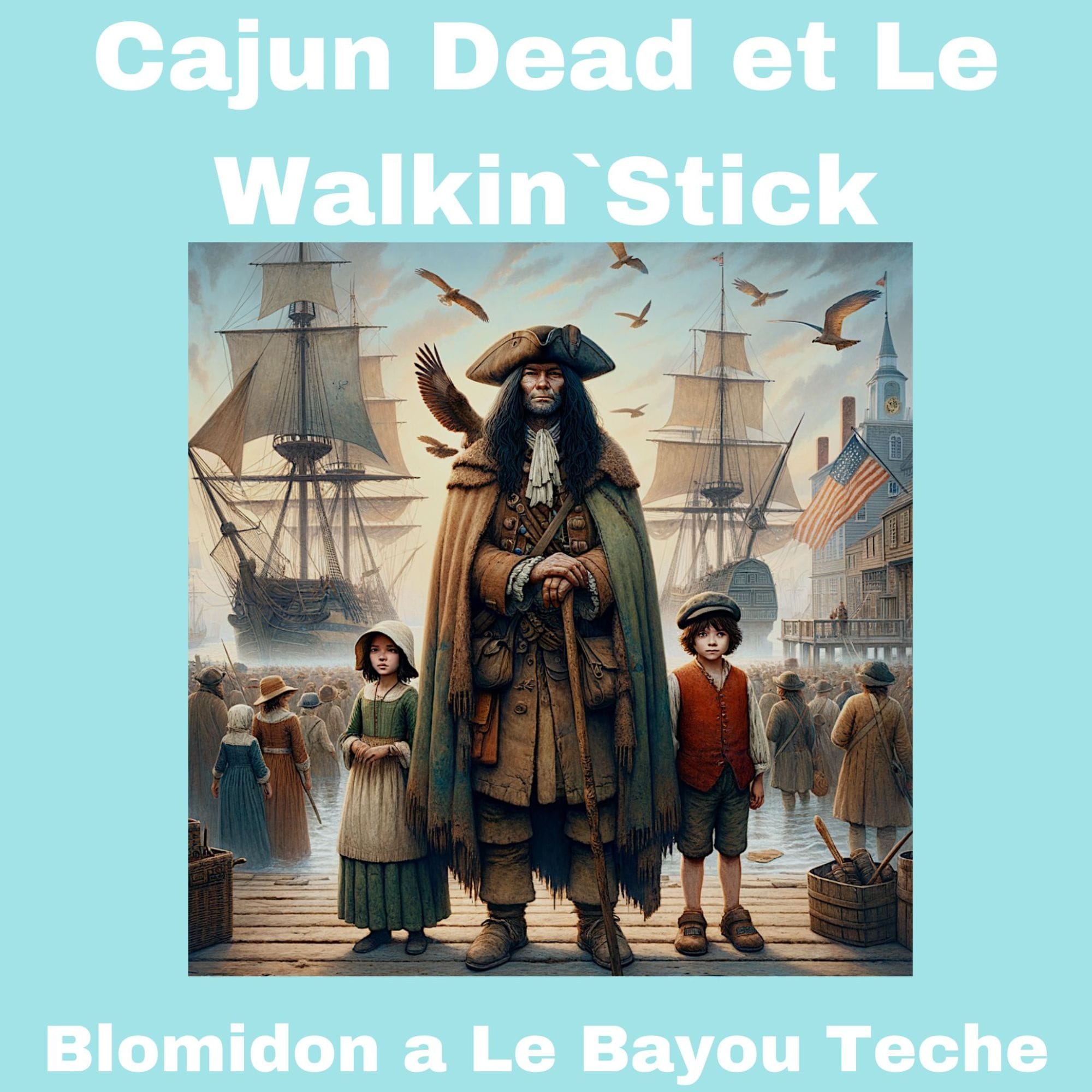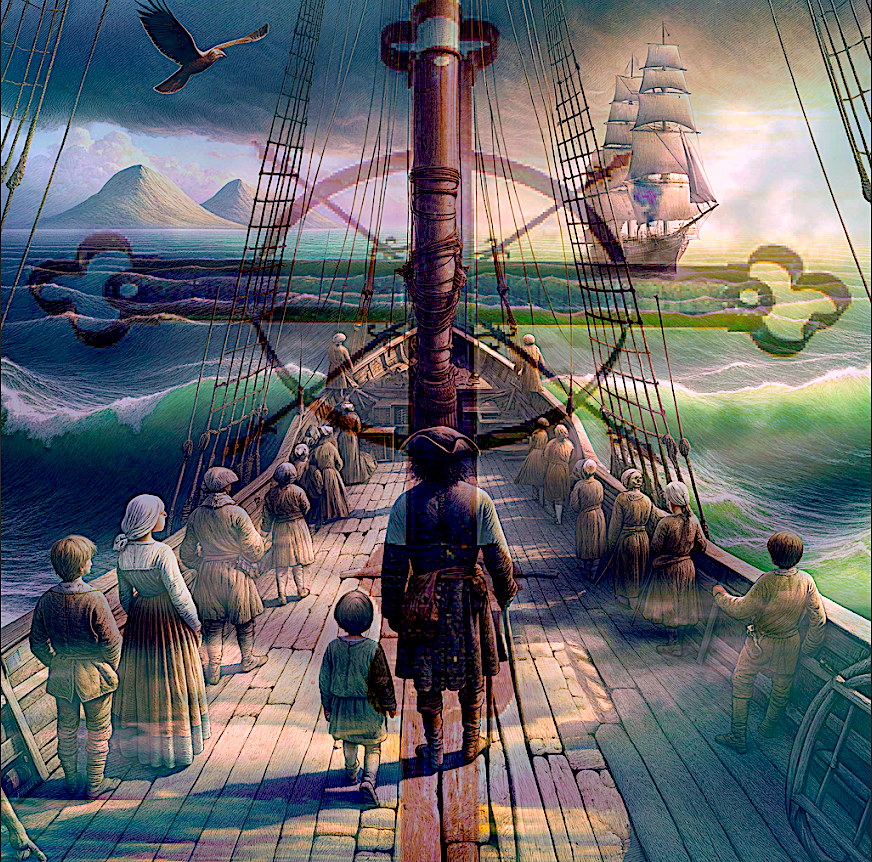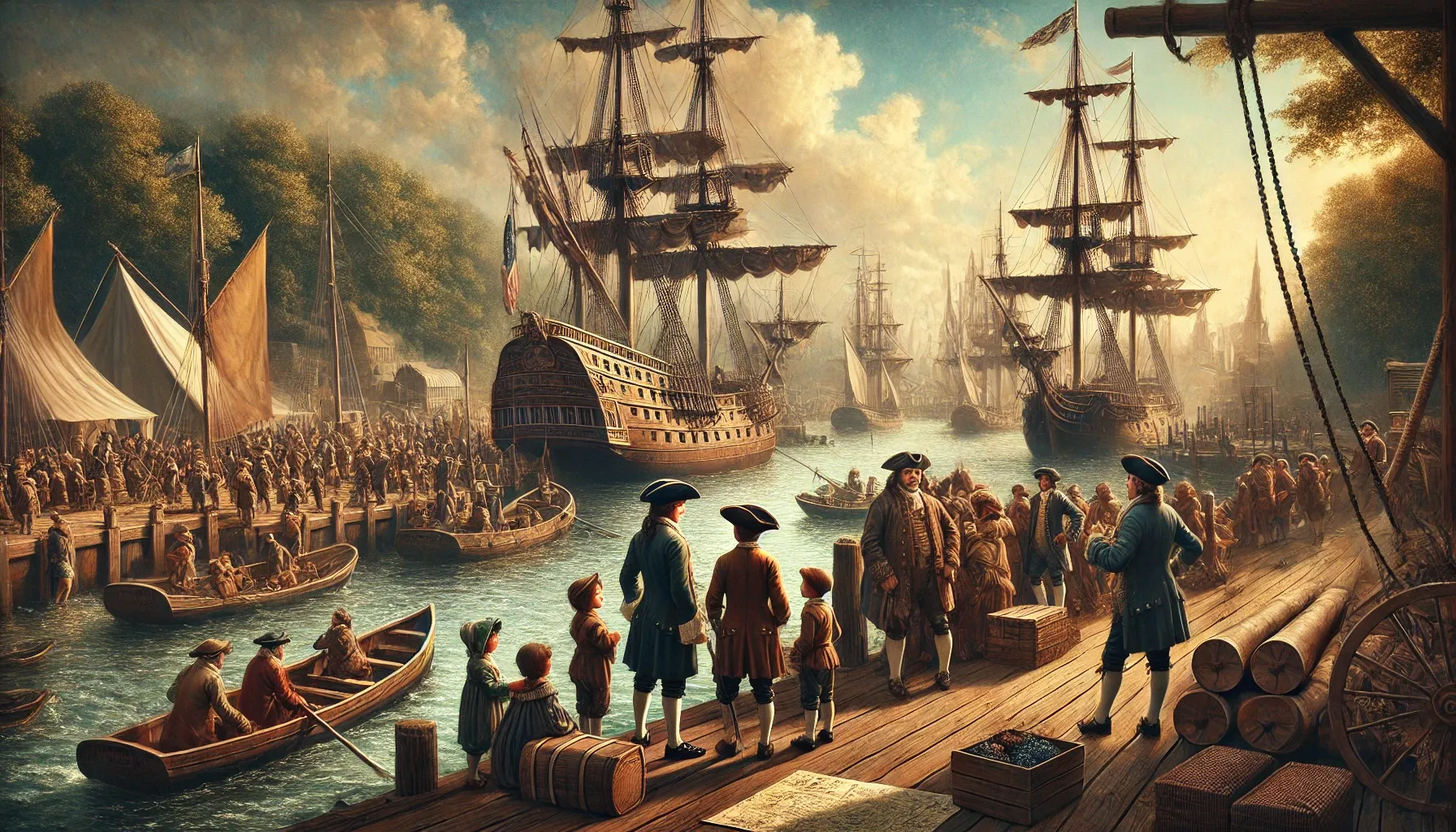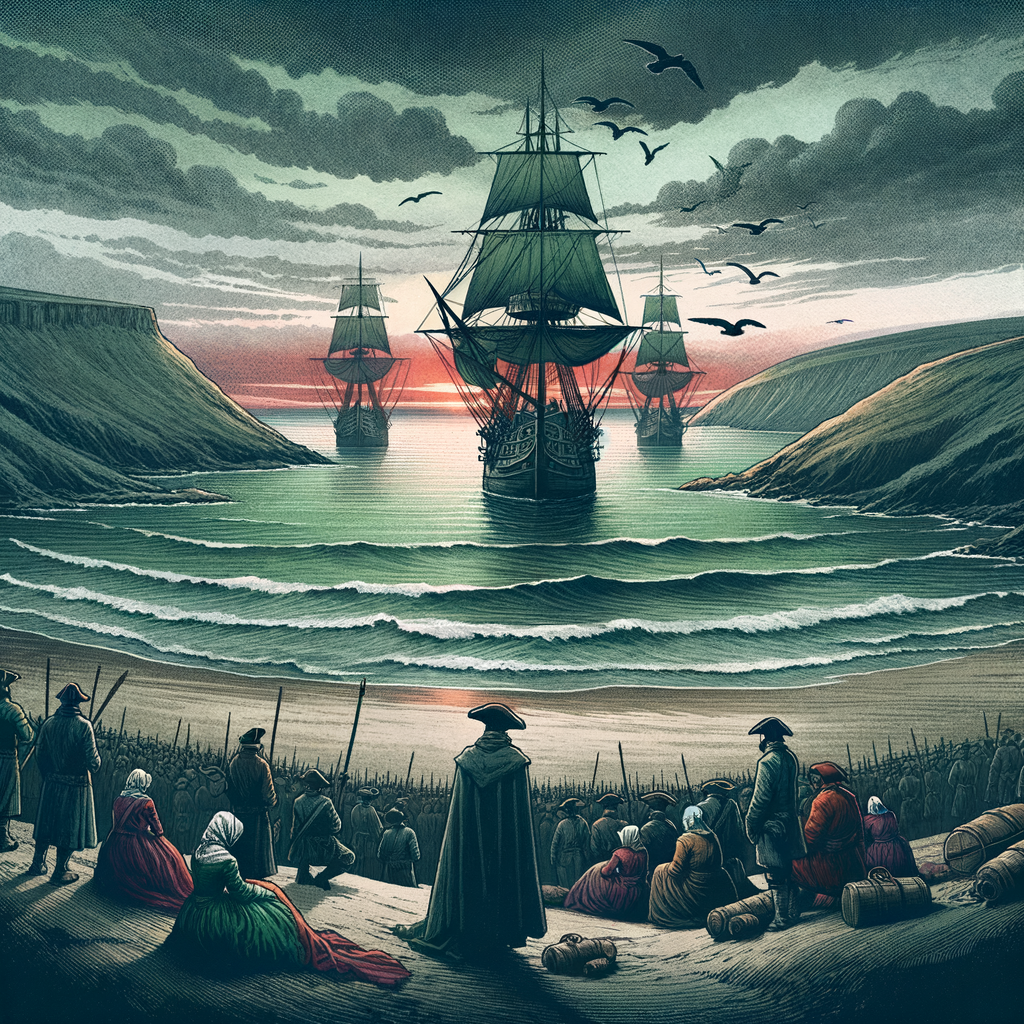Cajun Dead: How One French Acadian Artist Transforms Historical Trauma into Modern Refugee Commentary
In an era where refugee crises often fade from headlines, French Acadian artist Theriault, crafts powerful present-day humanitarian crisis tale.


Globally, more than 100 million displaced individuals are seeking safety, food, and shelter from 400,000-year-old War industry conflicts and their devastating and dehumanizing impacts, with nearly one-third classified as less than 18 years of age. This unprecedented humanitarian crisis particularly affects young people, creating lifelong PTSD obstacles in their development toward adulthood while mainstream turns a blind eye.
Artists with empathy now serve as leaders and are uniquely positioned to transform the lives of these displaced populations, offering creative voices as outlets and opportunities to remind distracted populations. Despite limited access to formal programs and resources, rulers keep to themselves.

The Real Humanitarian Refugee Crisis Stories Gatekeepers Don't Want You to Hear: How a kdp published Acadian Creative Expresses Real-world Utility Value.

In an era where If it Bleeds it Leeds, the refugee crises often fade from headlines as quickly as they emerge, French Acadian contemporary artist Theriault, writing under the pen name "Cajun Dead et le Walkin' Stick," crafts a powerful parallel between historical injustice and present-day humanitarian challenges. Through his groundbreaking trilogy, Theriault reframes the 1755 Grand Pré expulsion of Acadians as a lens through which to examine modern refugee experiences.

Parable of Displacement: The Grand Pré Connection
Theriault's work masterfully weaves the historical narrative of the Grand Pré expulsion into a contemporary parable. The forced displacement of French Acadians in 1755, known as Le Grand Dérangement, serves as a haunting backdrop for exploring present-day refugee experiences. Through vivid storytelling and rich metaphor, Theriault draws direct parallels between his ancestors' expulsion and the current global refugee crisis, creating an emotional bridge across centuries of human displacement.

Breaking Through Institutional Silence
While traditional Franco-Canadian media channels and Radio Canada have largely overlooked Theriault's work, his message resonates increasingly with progressive audiences beyond Acadia's conventional cultural boundaries.
The trilogy's publication through Amazon KDP represents a deliberate choice to circumvent traditional gatekeepers, allowing Theriault's voice to reach a broader, more diverse audience. His promotional videos and digital presence have cultivated a growing following among readers seeking authentic perspectives on displacement and cultural identity.

Challenging the Patrimonial Status Quo
Theriault's work starkly contrasts what he perceives as the self-serving agenda of certain French Acadian patrimonial organizations. While institutional leaders engage in closed-door meetings with government officials and pursue publicly funded projects that often miss the mark, Cajun Dead et le Walkin' Stick directly confronts the raw emotional truth of displacement. The trilogy serves as a pointed critique of those who commodify cultural heritage while failing to address contemporary humanitarian concerns.
A Vital Voice for Empathy towards Modern War Refugees Caught in the Humanitarian Crisis
The true power of Theriault's work lies in its ability to transform historical trauma into contemporary empathy. By connecting the Acadian expulsion to modern refugee experiences, he creates a compelling narrative that challenges readers to confront their indifference to current humanitarian crises. His storytelling serves as a reminder that history's lessons remain relevant, particularly in an age where media attention spans grow increasingly shorter and human suffering becomes increasingly normalized.
Acadian Deportation 1755 and World Humanitarian Refugee Crisis parable tale.
The impact of Theriault's Cajun Dead trilogy extends far beyond its historical roots. While traditional Franco-Acadian institutions may have given his work the "ghosted silent treatment," his message resonates with an emerging audience hungry for authentic voices addressing real-world humanitarian concerns. Through digital platforms and direct reader engagement, Theriault demonstrates that institutional boundaries or traditional publishing channels need not confine meaningful cultural commentary.
As global refugee crises continue to challenge our collective conscience, Theriault's work serves as a vital reminder that artistic expression can bridge the gap between historical memory and contemporary humanitarian awareness. His success in finding an audience outside traditional Acadian cultural circles suggests a growing appetite for voices that dare to challenge institutional complacency and speak truth to power.
Challenging the Self-Serving Heritage Patrimonial Industry Oligarch Status Quo
Theriault's work starkly contrasts what he perceives as the self-serving agenda of certain French Acadian patrimonial organizations. While institutional leaders engage in closed-door meetings with government officials and pursue publicly funded projects that often miss the mark, Cajun Dead et le Walkin' Stick directly confronts the raw emotional truth of displacement. The trilogy serves as a pointed critique of those who commodify cultural heritage while failing to address contemporary humanitarian concerns.
A Voice for Modern Refugees
The true power of Theriault's work lies in its ability to transform historical trauma into contemporary empathy. By connecting the Acadian expulsion to modern refugee experiences, he creates a compelling narrative that challenges readers to confront their indifference to current humanitarian crises. His storytelling serves as a reminder that history's lessons remain relevant, particularly in an age where media attention spans grow increasingly shorter and human suffering becomes increasingly normalized.
The impact of Theriault's Cajun Dead trilogy extends far beyond its historical roots. While traditional Franco-Acadian institutions may have given his work the "ghosted silent treatment," his message resonates with an emerging audience hungry for authentic voices addressing real-world humanitarian concerns. Through digital platforms and direct reader engagement, Theriault demonstrates that institutional boundaries or traditional publishing channels need not confine meaningful cultural commentary.
As global refugee crises continue to challenge our collective conscience, Theriault's work serves as a vital reminder that artistic expression can bridge the gap between historical memory and contemporary humanitarian awareness. His success in finding an audience outside traditional Acadian cultural circles suggests a growing appetite for voices that dare to challenge institutional complacency and speak truth to power.

FAQ:
What is the main focus of the "Cajun Dead" trilogy by Theriault?
The "Cajun Dead" trilogy by French Acadian artist Theriault focuses on connecting historical trauma from the 1755 Grand Pré expulsion with the modern-day humanitarian refugee crisis. This narrative aims to inspire empathy and bring awareness to ongoing global displacement issues.
How does Theriault's work address the humanitarian refugee crisis?
Theriault's work uses historical narratives as a lens to examine and highlight present-day refugee experiences. Through his storytelling, he creates an emotional bridge, encouraging readers to understand and empathize with the real-world challenges faced by displaced individuals.
What makes Theriault's perspective on refugee crises unique?
Theriault's perspective is unique due to his ability to draw parallels between historical events and current humanitarian issues, particularly through the connection of the 1755 Acadian expulsion to today's refugee situations. His approach offers a fresh and culturally enriched viewpoint that resonates deeply with educators and journalists.
How can Theriault's storytelling benefit educators and journalists?
Theriault's storytelling provides educators and journalists with a compelling tool to teach empathy and raise awareness about humanitarian issues. By engaging with his narratives, they can foster deeper understanding and compassion in students and audiences for those affected by the refugee crisis.
Why does Theriault’s work appeal to progressive audiences beyond Acadia?
Theriault's work appeals to progressive audiences by challenging institutional complacency and traditional publishing channels. His use of digital platforms ensures that his messages of humanitarian empathy and cultural identity reach a broader and more diverse audience, particularly those seeking authentic voices.
How does the "Cajun Dead" trilogy challenge traditional Franco-Canadian cultural institutions?
The "Cajun Dead" trilogy challenges traditional Franco-Canadian cultural institutions by critiquing their approaches to cultural heritage and humanitarian awareness. Theriault’s storytelling directly confronts institutional silences and offers an unfiltered perspective on displacement, appealing to those who seek meaningful cultural commentary.
How is Theriault using digital platforms to share his narrative?
Theriault uses digital platforms such as Amazon KDP and YouTube to bypass traditional gatekeepers, allowing his narratives to reach a wider audience. This strategy enhances the visibility of his work and engages readers seeking new perspectives on historical and contemporary humanitarian concerns.

